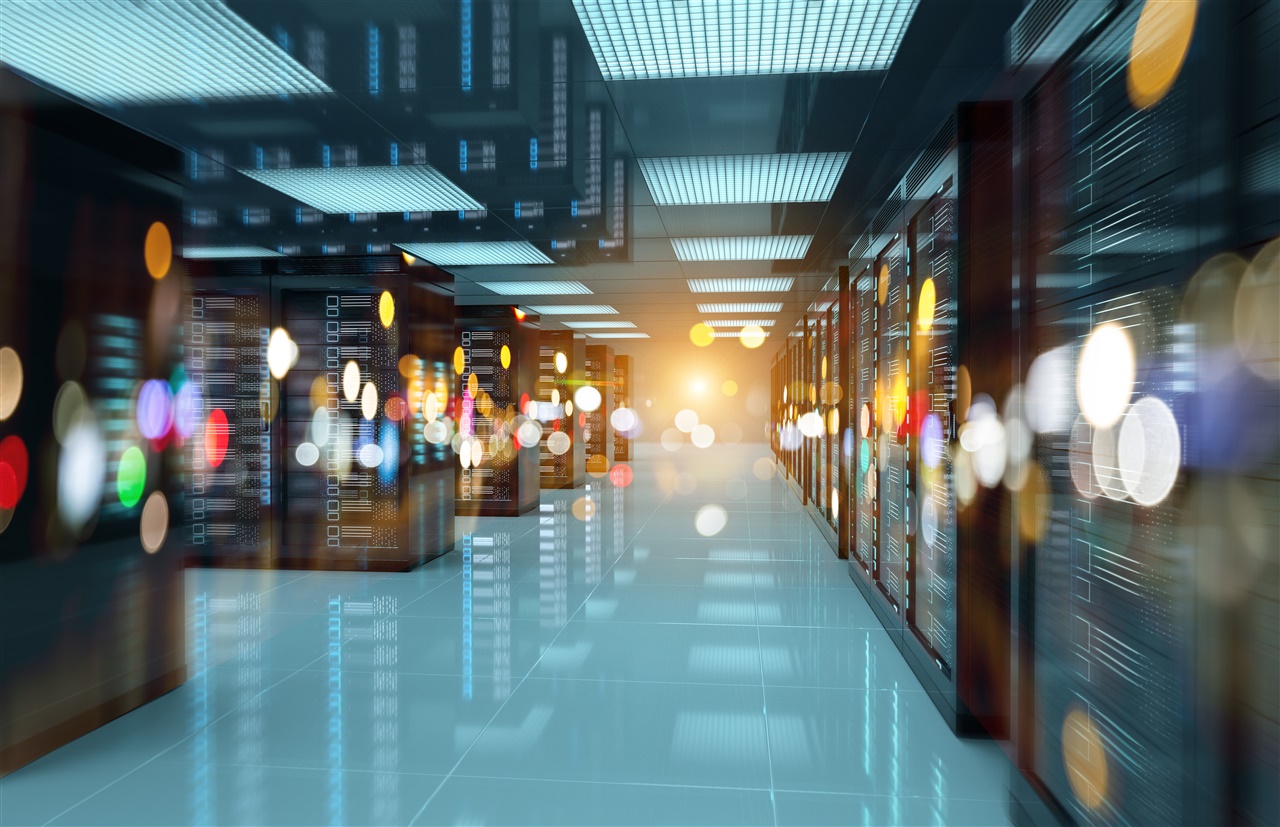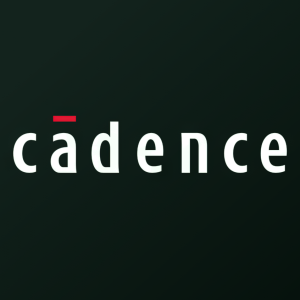How Cadence's Solutions for Data Centers Can Make AI Greener
Rhea-AI Summary
Cadence Design Systems explores how data centers can leverage digital twin technology to address the challenges posed by AI's increasing energy demands while transitioning to renewable energy solutions. The article highlights that:
1. AI queries consume significantly more energy than standard searches.
2. European data center demand is outpacing supply.
3. Digital twins offer benefits such as energy efficiency testing, enhanced resource allocation, and data-driven decision-making.
4. This technology can help data centers optimize operations, improve sustainability metrics, and comply with regulations.
The article concludes that by adopting digital twin technology, data centers can better manage energy demands, integrate renewable solutions, and lead the charge towards a greener future in the face of AI growth and sustainability pressures.
Positive
- Cadence's digital twin technology offers innovative solutions for data centers to optimize energy efficiency
- The technology enables data centers to simulate and test new energy strategies without disrupting operations
- Digital twins can help improve Power Usage Effectiveness (PUE) scores for data centers
- The solution supports sustainability metrics and regulatory compliance for data centers
Negative
- Increasing AI energy demands pose challenges for data centers' sustainability efforts
- European data center demand is outstripping supply, indicating potential capacity issues
- Data centers face hurdles in transitioning to renewable energy sources
- Public opposition to new data center facilities due to environmental concerns
News Market Reaction 1 Alert
On the day this news was published, CDNS declined 0.21%, reflecting a mild negative market reaction.
Data tracked by StockTitan Argus on the day of publication.
NORTHAMPTON, MA / ACCESSWIRE / August 20, 2024 / Cadence Design Systems

As the world increasingly turns to artificial intelligence (AI) for its vast potential to optimize operations, enhance productivity, and revolutionize industries, the surge in energy demand has set the stage for a critical conversation about sustainability. The data center industry stands at a significant crossroads, where the urgent need for cleaner energy solutions must meet the explosive growth of AI technologies. This article explores how data centers can leverage digital twin technology to adapt to the challenges posed by AI and transition successfully to renewable energy solutions.
Understanding the Current Landscape
Data centers are the backbone of our digital infrastructure but are among the largest energy consumers. A striking example is the energy consumption of AI; a single query on ChatGPT can use nearly 10 times the power of a standard Google search. With European data center demand outstripping supply in recent years-601 MW versus 561 MW in 2023-it's evident that the industry is facing immense pressure to innovate and manage energy consumption more effectively.
To add to the urgency, recent regulations demand that data centers reassess their operational practices, pushing them to adopt greener solutions. This shifting landscape calls for a reimagination of how these facilities operate, particularly as they grapple with the substantial energy requirements of AI algorithms and the need for efficient cooling systems.
Enter Digital Twin Technology
Digital twin technology offers a groundbreaking solution for data centers aiming to streamline their operations while minimizing environmental impact. A digital twin is a virtual replica of a physical system, enabling real-time simulation, analysis, and optimization.
The benefits of digital twins in data centers include the following:
Energy Efficiency Testing
Digital twins allow data center managers to simulate new energy strategies and test their efficiency without disrupting operations. This foresight enables informed decision-making when considering renewable energy integrations.
Enhanced Resource Allocation
Due to AI advancements, data centers face unique challenges related to increasing power densities. Digital twins can analyze various cooling strategies and resource distributions, adapting dynamically to fluctuations in renewable energy availability. This ensures maximum utilization of clean energy sources.
Data-Driven Decisions
With the insights derived from digital twins, facility managers can track energy usage, optimize capacity planning, and avoid potential threats, such as stranded capacity and increased IT failure risk. This capability fosters not only sustainable operations but can also lead to improved Power Usage Effectiveness (PUE) scores.
Supporting Sustainability Metrics
Digital twins are instrumental in capturing key sustainability data. They help data centers report on their environmental impacts and potential energy savings, ensuring compliance with emerging regulations and facilitating the transition to greener practices.
Overcoming Challenges in Achieving Sustainability
Despite the advantages, data centers face hurdles during the transition to renewable energy. The complexities of sourcing and integrating sustainable energy solutions, coupled with public opposition to new facilities due to environmental concerns, underscore the need for a strategic approach.
By implementing digital twin technology, data centers can proactively address these challenges. The ability to simulate various scenarios allows them to anticipate potential pitfalls, explore alternatives, and optimize their energy mix-all while maintaining operational excellence.
Conclusion
The confluence of AI growth and sustainability demands a radical rethinking of operations within data centers. Digital twin technology is not merely a digital representation; it's a powerful tool that enables data centers to manage energy demands more efficiently while paving the way for integrating renewable energy solutions.
In a world where regulatory pressures and public sentiment are intensifying, those who leverage digital twin technology will be better equipped to address AI's needs without compromising sustainability. The path forward is clear-by adopting innovative technologies, data centers can not only meet AI's growing demands but also lead the charge toward a greener, more sustainable future.
By positioning themselves as pioneers in this space, data center operators can transform challenges into opportunities, ensuring that the digital landscape remains responsibly powered and environmentally conscious.
Learn more about Cadence's solutions for data centers.
View additional multimedia and more ESG storytelling from Cadence Design Systems on 3blmedia.com.
Contact Info:
Spokesperson: Cadence Design Systems
Website: https://www.3blmedia.com/profiles/cadence-design-systems
Email: info@3blmedia.com
SOURCE: Cadence Design Systems
View the original press release on accesswire.com







